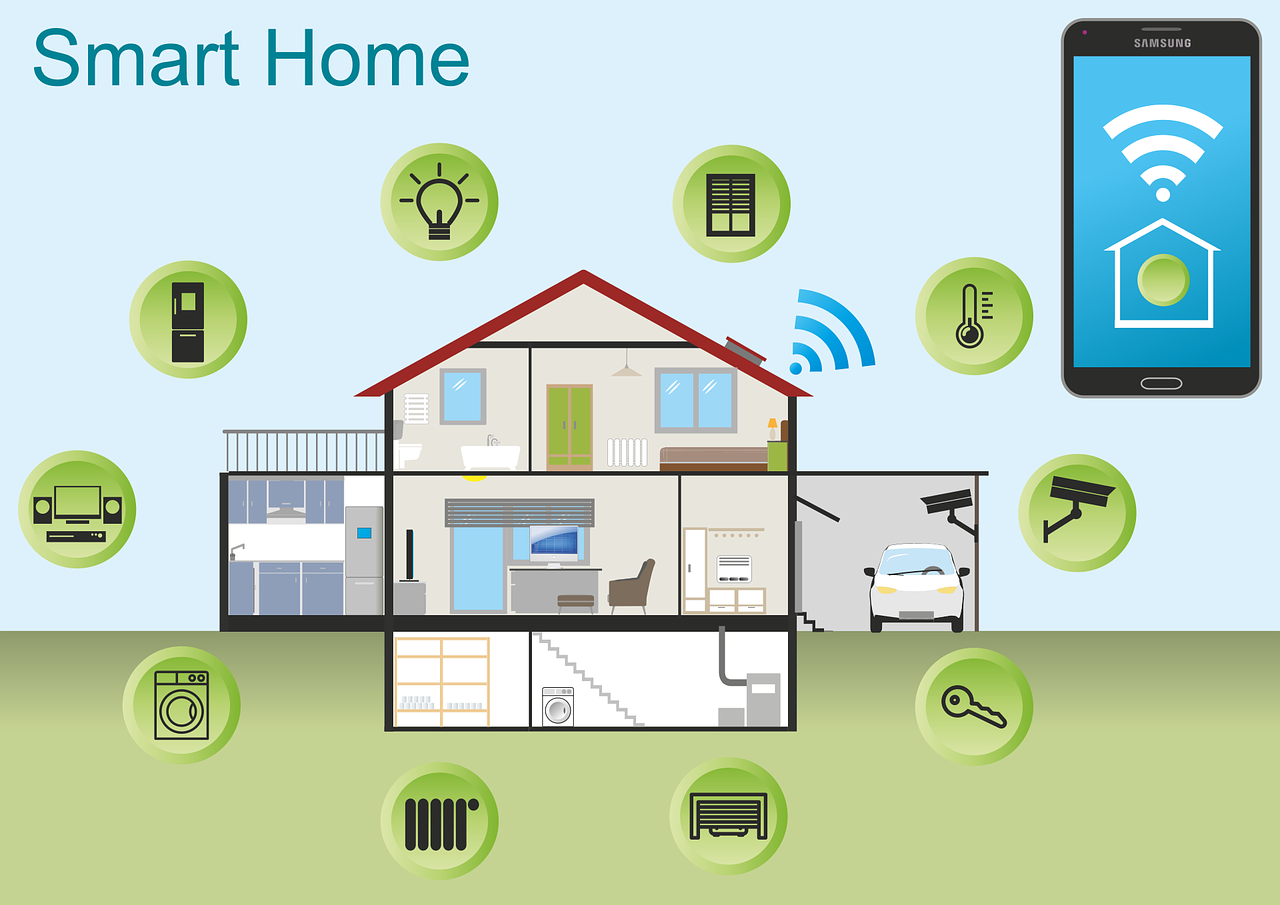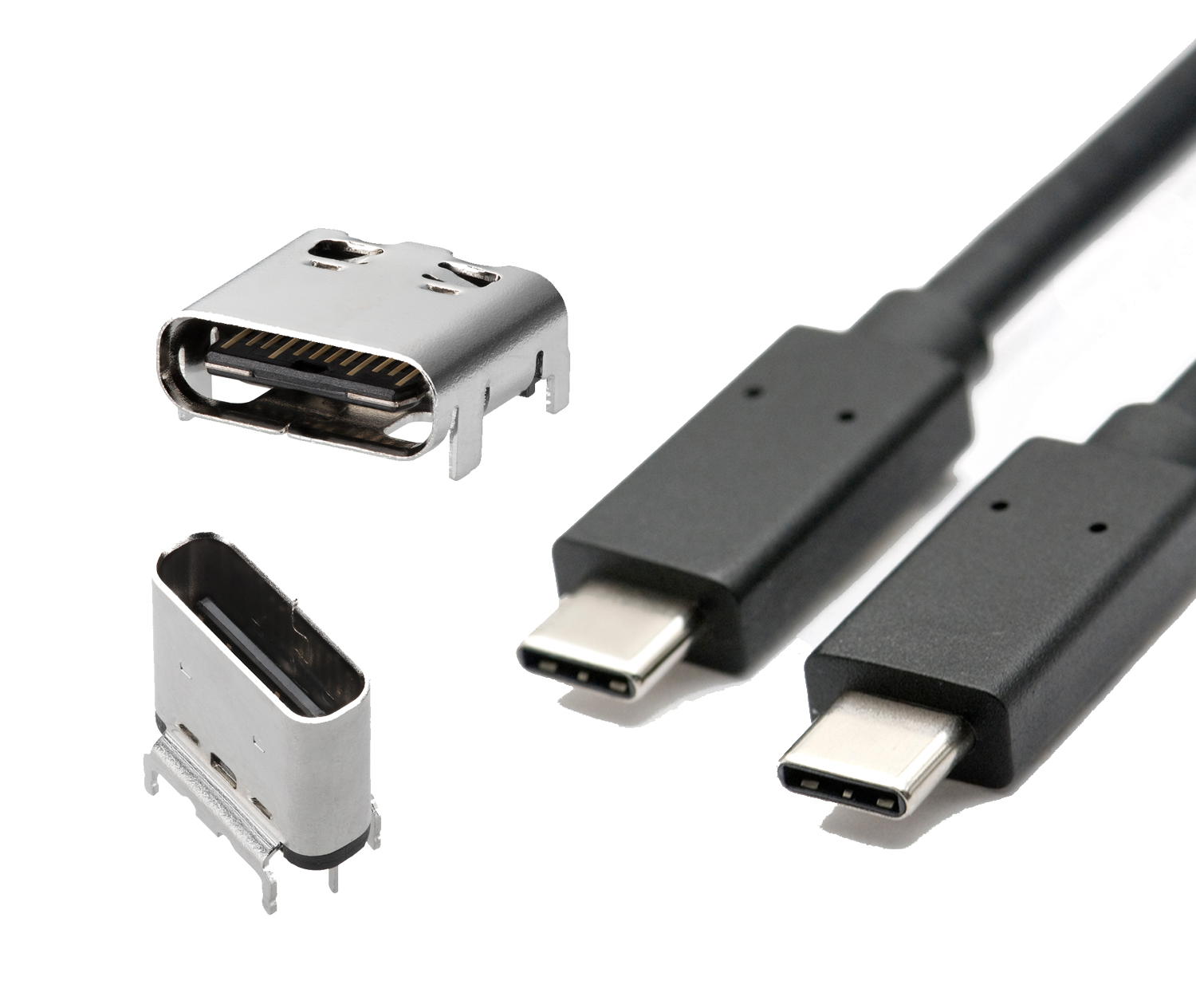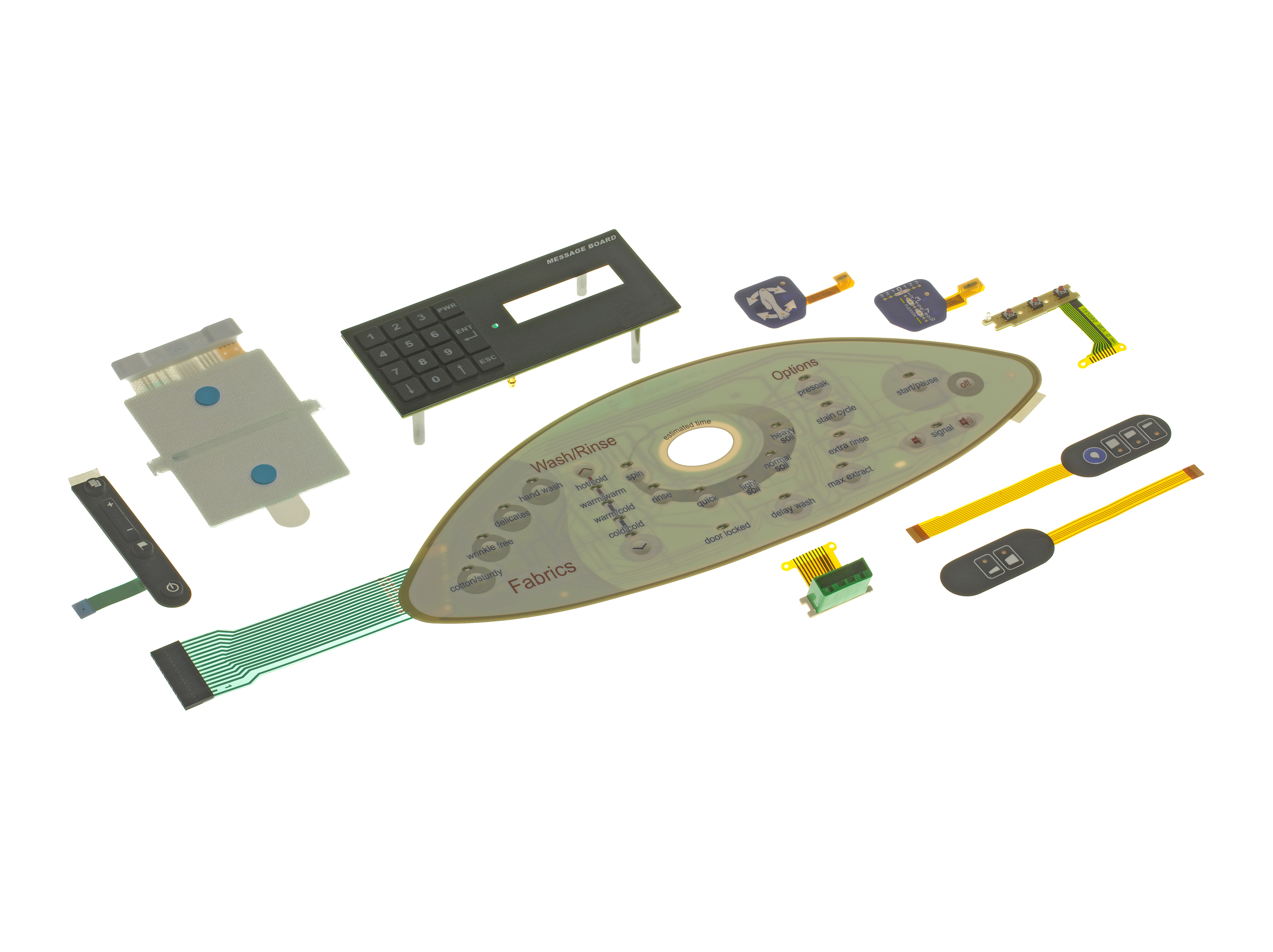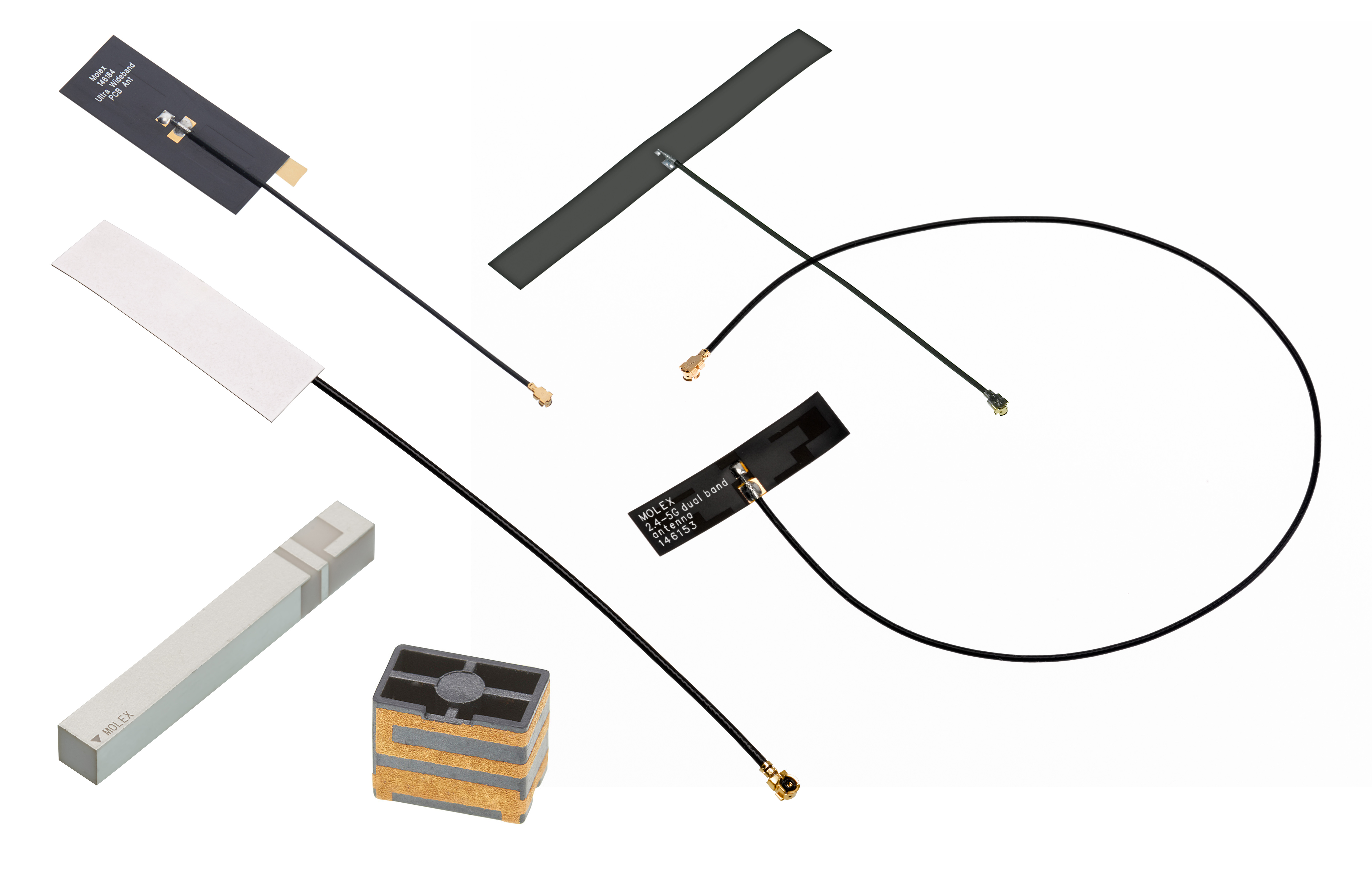The Evolution of Connected Home Technologies
The IoT is transforming consumers’ homes into hubs of hands-free functionality. The next phase of connected home development will bring artificial intelligence and data-gathering systems into household routines.

The idea of “home” has greatly evolved throughout the millennia. Over the decades, technology has transformed homes into hubs of functionality — centers of entertainment, work, fitness, security, climate control, and more. Home-based technologies are undergoing a rapid evolution thanks to new Internet of Things (IoT) solutions and next-generation IoT solutions currently in development will further transform our homes.
While some may view the connected home as a futuristic concept, it is already a reality, as the hurdles to achieving connectivity have largely been met. While adoption of connected home technologies continues to expand, the next phase of innovation will guide the transition to homes that are more proactive and automated than we can currently imagine.
Presently, connected home adoption varies widely throughout the world, both in market penetration and use cases. The United States and Canada make up the largest market, growing by 31% per year, but the majority of connected home technologies in use are home security systems or technologies that detect fire or water leaks. Europeans are adopting connected home technologies in growing numbers, with an overwhelming focus on reducing energy costs through monitoring applications, and Asia is currently the fastest growing connected home market, driven not only by a large, innovative telecom industry but also by the need to save energy.
Globally, the IoT market is estimated to reach $2.8 trillion by 2023. The largest market is currently Asia, which accounts for 34% of the global IoT market, with China dominating. India is expected to see the most rapid growth before 2023. The United States and Europe are among the largest importers of IoT devices, such as smart watches.
The Evolution of Connected Home Technologies
By the end of the 20th century, most homes contained items once considered extravagant luxuries, from refrigerators to multiple television sets to programmable thermostats. Manufacturers with expertise in miniaturization and digitization were leading the way, developing technology that grew richer in features while requiring a smaller amount of space and costing less.
While the home’s occupants benefited from greater safety, comfort and convenience, they still had to deal with two constraints. The first was that these products needed to be activated by people. For example, whether a person turned on an appliance, opened a garage door, set a thermostat, or armed a security system, their physical action was required before the electronics could react. Second, enabled products were not connected. Manufacturers who created them typically enhanced the discrete functionality of the products themselves, but without integrating those products with anything else in the home or environment. While some products might have used sensor technology (e.g., for motion detection), the products themselves were not interoperable, so one product could not react to a sensor in another product.

The user-friendly and familiar USB remains the connector of choice for many connected home technologies.
As sensors and interconnects have become more pervasive, and cloud technology more robust, homes evolved into today’s connected home. Devices and appliances can now connect with each other and the cloud through greater interoperability. Additionally, human actuation is becoming less necessary. Devices such as the Amazon Echo, the Google Home smart speaker, and Apple’s HomePod enable occupants to prompt more actions through voice commands rather than physically pressing a button, and devices are more programmable to act at certain times or conditions without human intervention.
Still, interoperability of devices remains a work in progress. Competing technology ecosystems that place myriad products under central control now vie for prominence in the marketplace and monitoring and control of different devices not made to work with these platforms can be clunky if not impossible.
Proactive Connected Home Technologies
The next evolution is speculative, but its seeds have already taken root. Leveraging evolving artificial intelligence, machine learning, natural language processing, and visual recognition capabilities, connected home technologies will soon acquire the ability to sense — to watch, listen, smell, and feel. At the heart of this ability will be sensors that can detect movement, temperature, occupancy, and other data.

Consumers are able to connect and operate connected devices with simple interfaces that conceal complex electronic systems.
By 2025, approximately 80 billion devices will be connected to the internet. Gartner projects that by 2022, a typical connected home could contain more than 500 smart devices. The connected homes of the future will leverage artificial intelligence to combine data from across these devices, analyze and learn from them, and take responsibility for functions such as switching on lights at certain times of day, setting thermostat temperatures based on the weather, suggesting music, and creating grocery lists. “I think that [although] the individual may not know what’s happening, these cognitive systems will ooze into our lives,” says John Cohn, IBM Fellow for the Internet of Things.
Making Tomorrow’s Proactive Connected Home a Reality
There are still a number of challenges to iron out with regard to transforming today’s connected home into the proactive connected home of the future. Power consumption, connectivity, and interoperability are just a few. But as these hurdles are overcome, new ones will replace them.

As antennas have grown in importance as essential components in IoT technologies, a wide variety of shapes and sizes have been developed to accommodate diverse design requirements.
Critical to the success of the connected home is the ability to translate harvested data into product value. The many overlapping data streams in a home will be powerful predictors for all kinds of behavior and will present new opportunities across connected home technology ecosystems. No one company can overcome these challenges; instead, collaboration along the entire connected home technologies value chain will be required.
Rather than thinking in terms of individual devices, suppliers for the proactive connected home will strive for complete solutions that combine devices, applications, services, and processes to harvest and intelligently use all the available data. To truly be smart, these solutions must articulate and address consumer needs and wants. Leading manufacturers will leverage insights from across the entire supply chain, acquiring and transferring knowledge fluidly from their own component and sub-system suppliers to and from the broader technology ecosystem of which they are a part.
To learn more, visit Molex’s “Home Technology – From Connected to Proactive” landing page.
Like this article? Check out our other New Technology and IoT articles, our Consumer Electronics and Sensors & Antennas Market Pages, and our 2019 Article Archive.
- The Evolution of Connected Home Technologies - November 12, 2019





